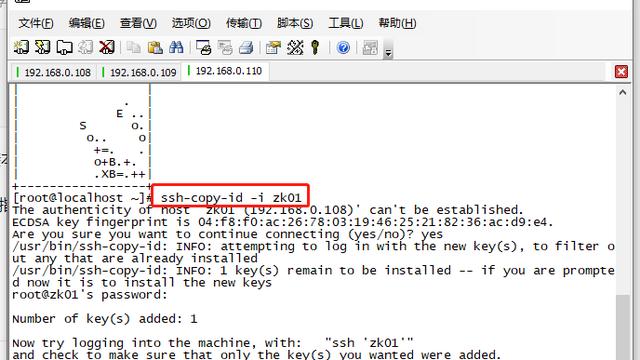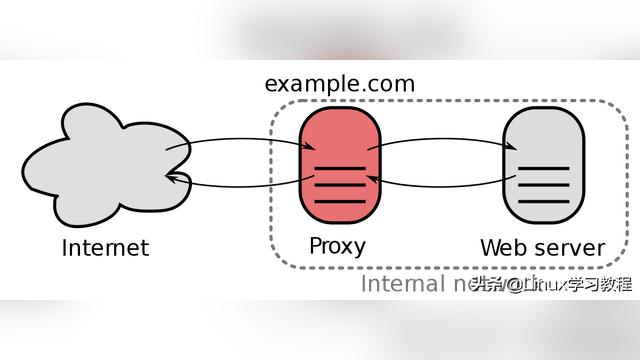客户端代码
package com.huanfeng.test;
import JAVA.io.BufferedReader;
import java.io.InputStreamReader;
import java.net.URL;
import java.net.URLConnection;
import java.util.List;
import java.util.Map;
public class Test11 {
public static void main(String[] args) {
int num=100;
for (int i=0;i<num;i++){
new Thread(new Runnable() {
@Override
public void run() {
String s=Test11.sendGet("http://localhost:8082");
System.out.println(s);
}
}).start();
}
}
public static String sendGet(String url) {
String result = "";
BufferedReader in = null;
try {
String urlNameString = url;
URL realUrl = new URL(urlNameString);
// 打开和URL之间的连接
URLConnection connection = realUrl.openConnection();
// 设置通用的请求属性
connection.setRequestProperty("accept", "*/*");
connection.setRequestProperty("connection", "Keep-Alive");
connection.setRequestProperty("user-agent",
"Mozilla/4.0 (compatible; MSIE 6.0; windows NT 5.1;SV1)");
// 建立实际的连接
connection.connect();
// 获取所有响应头字段
Map<String, List<String>> map = connection.getHeaderFields();
// 遍历所有的响应头字段
for (String key : map.keySet()) {
System.out.println(key + "--->" + map.get(key));
}
// 定义 BufferedReader输入流来读取URL的响应
in = new BufferedReader(new InputStreamReader(
connection.getInputStream()));
String line;
while ((line = in.readLine()) != null) {
result += line;
}
} catch (Exception e) {
System.out.println("发送GET请求出现异常!" + e);
e.printStackTrace();
}
// 使用finally块来关闭输入流
finally {
try {
if (in != null) {
in.close();
}
} catch (Exception e2) {
e2.printStackTrace();
}
}
return result;
}
}
服务端代码
package com.huanfeng.test;
import io.netty.bootstrap.ServerBootstrap;
import io.netty.channel.ChannelFuture;
import io.netty.channel.EventLoopGroup;
import io.netty.channel.nio.NioEventLoopGroup;
import io.netty.channel.socket.nio.NIOServerSocketChannel;
public class Test10 {
public static void main(String[] args) throws Exception{
EventLoopGroup bossGroup=new NioEventLoopGroup(1);
EventLoopGroup workerGroup=new NioEventLoopGroup();
try{
ServerBootstrap serverBootstrap=new ServerBootstrap();
serverBootstrap.group(bossGroup,workerGroup).channel(NioServerSocketChannel.class).childHandler(new TestServerInitializer());
ChannelFuture channelFuture =serverBootstrap.bind(8082).sync();
channelFuture.channel().closeFuture().sync();
}finally{
bossGroup.shutdownGracefully();
workerGroup.shutdownGracefully();
}
}
}
package com.huanfeng.test;
import io.netty.buffer.ByteBuf;
import io.netty.buffer.Unpooled;
import io.netty.channel.ChannelHandlerContext;
import io.netty.channel.SimpleChannelInboundHandler;
import io.netty.handler.codec.http.*;
import io.netty.util.CharsetUtil;
import kotlin.random.Random;
//HttpObject客户端和服务段相互通信的数据封装成HttpObject
public class TestHttpServerHandler extends SimpleChannelInboundHandler<HttpObject> {
@Override
protected void channelRead0(ChannelHandlerContext ctx, HttpObject msg) throws Exception {
if(msg instanceof HttpRequest){
System.out.println("msg 类型"+msg.getClass());
System.out.println("客户端地址"+ctx.channel().remoteAddress());
//回复信息给浏览器
ByteBuf content= Unpooled.copiedBuffer("hello,我是服务器", CharsetUtil.UTF_8);
//构建一个http响应
FullHttpResponse response = new DefaultFullHttpResponse(HttpVersion.HTTP_1_1, HttpResponseStatus.OK, content);
response.headers().set(HttpHeaderNames.CONTENT_TYPE,"text/plain");
response.headers().set(HttpHeaderNames.CONTENT_LENGTH,content.readableBytes());
//将构建好的response进行返回
ctx.writeAndFlush(response);
}
}
@Override
public void exceptionCaught(ChannelHandlerContext ctx, Throwable cause) throws Exception {
ctx.close();
}
}
package com.huanfeng.test;
import io.netty.channel.ChannelInitializer;
import io.netty.channel.ChannelPipeline;
import io.netty.channel.socket.SocketChannel;
import io.netty.handler.codec.http.HttpServerCodec;
public class TestServerInitializer extends ChannelInitializer<SocketChannel> {
@Override
protected void initChannel(SocketChannel ch) throws Exception {
//向管道加入处理器
//得到管道
ChannelPipeline pipeline = ch.pipeline();
//加入一个netty提供的httpServerCodec
//编解码器
//http的编解码器
pipeline.addLast("MyHttpServerCode",new HttpServerCodec());
//添加自定义的处理器
pipeline.addLast("MyTestHttpServerHandler",new TestHttpServerHandler());
}
}








